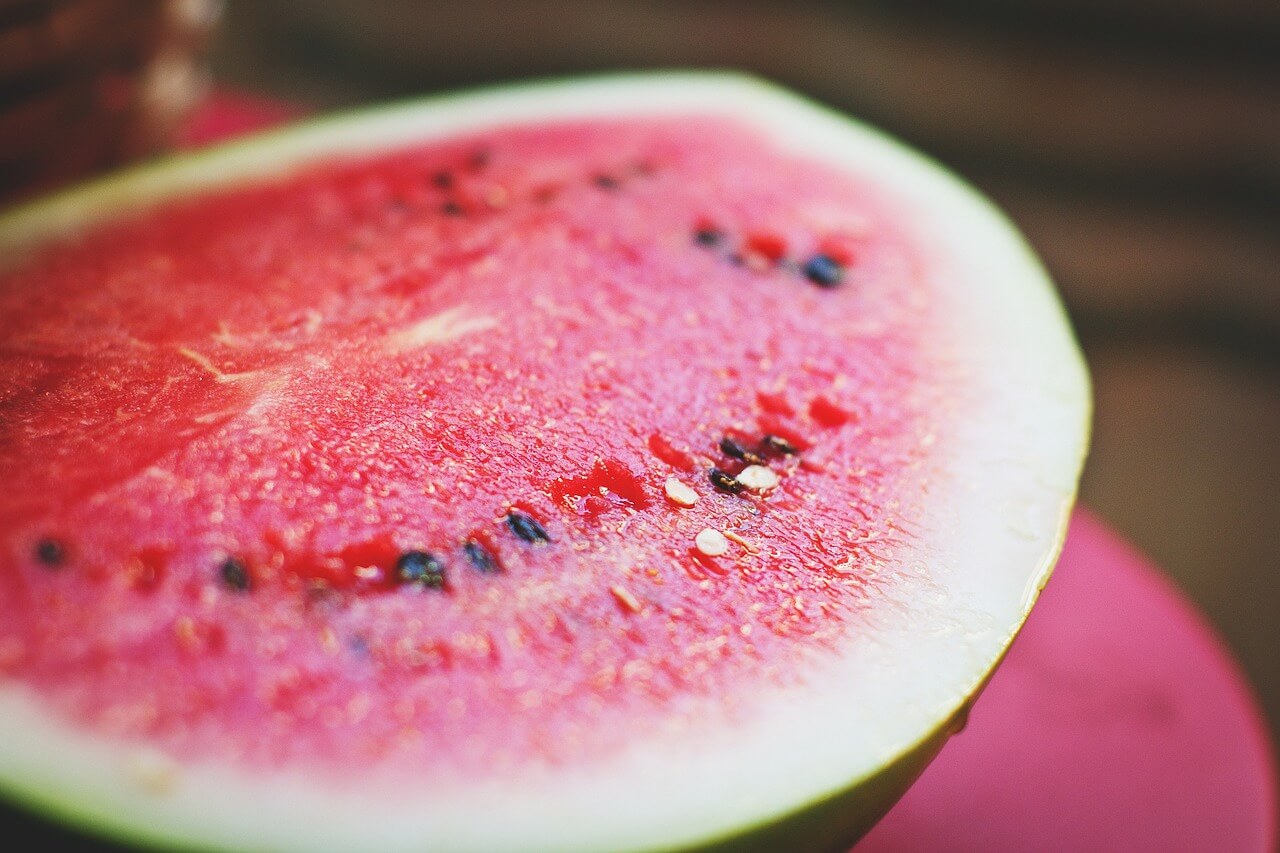When are Watermelon in Season?
Watermelon season typically starts in May and ends in September, but the exact dates can vary depending on where you live. In warmer climates, watermelon season may start earlier and last longer.
For example, Florida has an early watermelon season between April and July, while California’s watermelon season starts in July and lasts until November. Georgia’s watermelon season is between June and September, and Texas has a long watermelon season between May and November.
Seasonality Overview
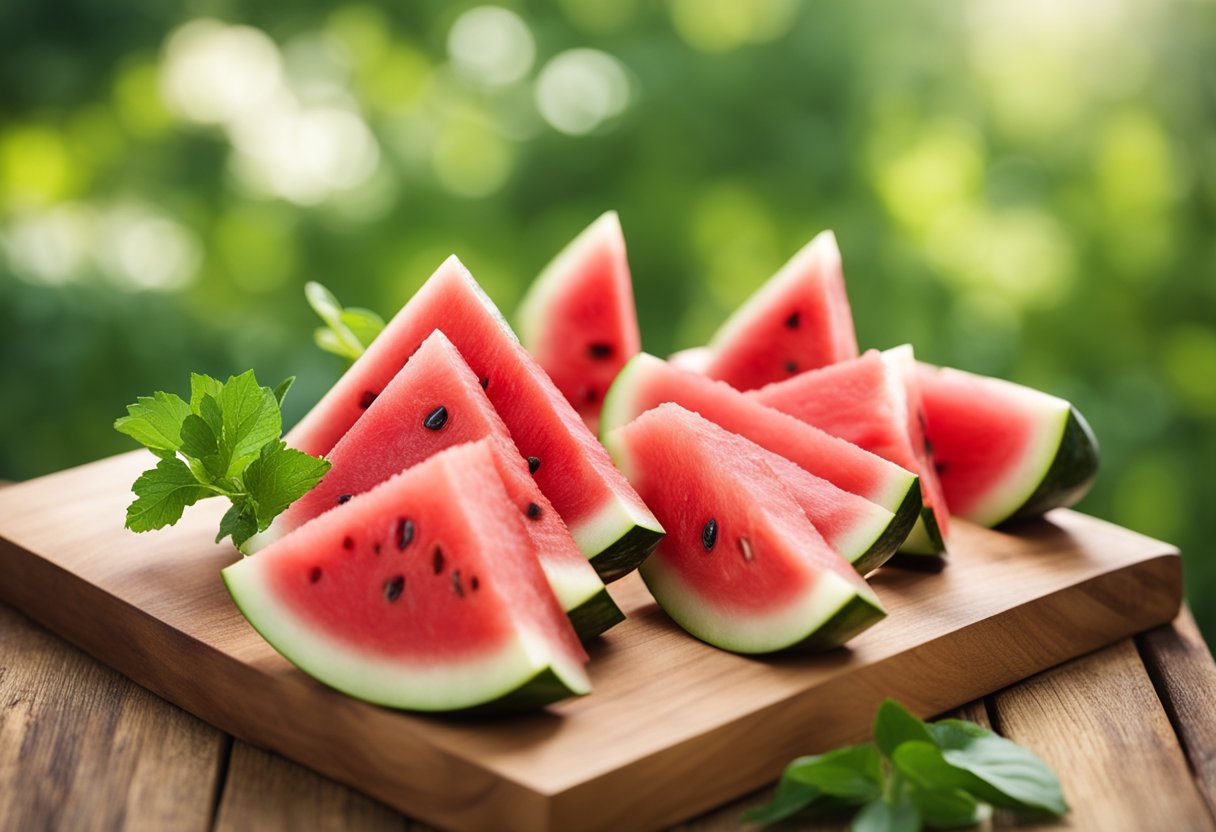
Watermelon is a popular and refreshing fruit that is widely enjoyed during the summer months. The exact season for watermelon varies depending on where you live, but it is typically in season from late May to early September.
During this time, the warm weather and longer days provide ideal growing conditions for watermelons, resulting in sweeter and juicier fruits. However, the growing season can vary significantly depending on the location. For instance, in Florida – the Sunshine State – the warm, tropical climate allows for two primary growing seasons: one from March to July and another from October to December.
It is important to note that watermelons are a seasonal fruit, meaning that they are only available fresh during certain times of the year. While you may be able to find watermelons in stores outside of their peak season, they may not be as fresh or flavorful as those that are in season.
Varieties and Availability
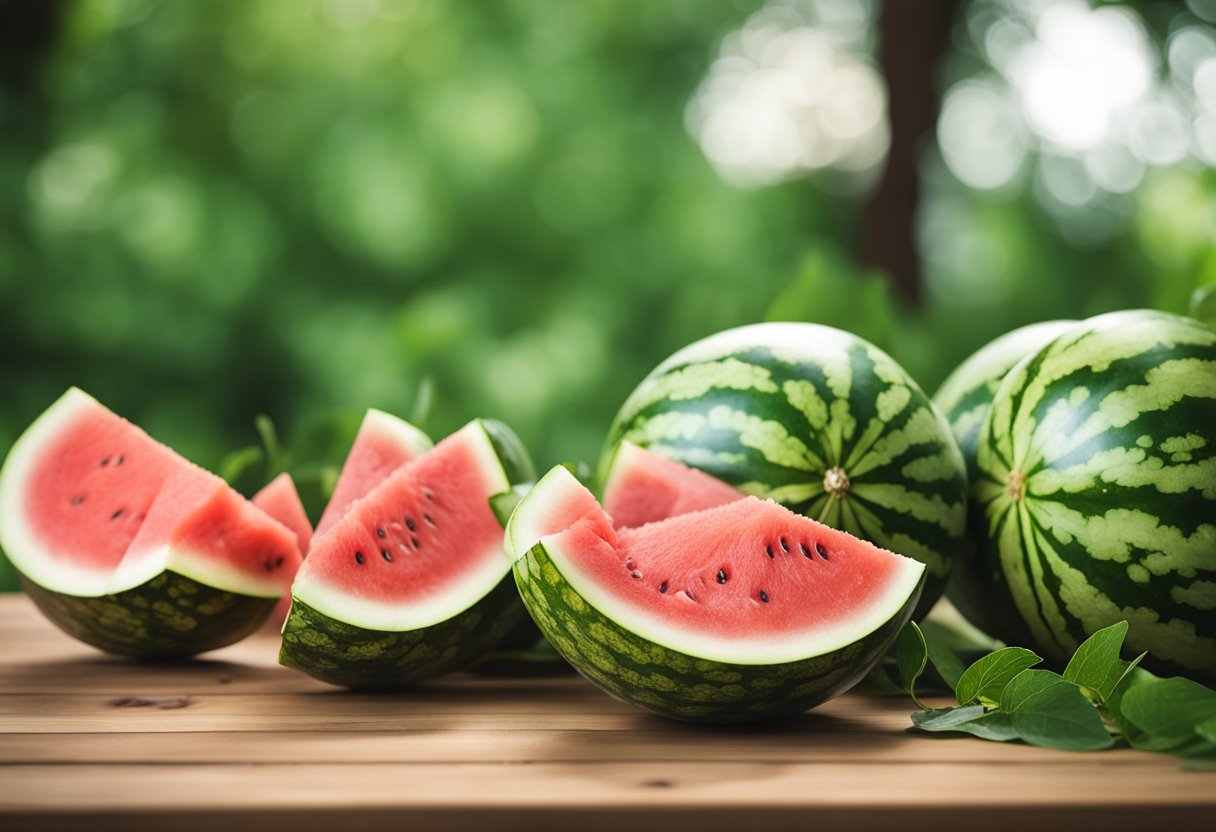
Watermelon is a versatile fruit that comes in many varieties, shapes, and sizes. More than 300 varieties of watermelon are cultivated in the United States and South America, where complementary growing seasons provide a year-round supply of watermelon in an array of shapes, colors, and sizes.
The most common varieties of watermelon in the United States are seeded, seedless, mini, and yellow. Seeded watermelons are the traditional variety that most people are familiar with. Seedless watermelons are a newer variety that has become increasingly popular due to the convenience of not having to deal with seeds. Mini watermelons are smaller in size and perfect for a single serving. Yellow watermelons have a sweeter and milder taste than traditional red watermelons.
When shopping for watermelon, look for a firm and symmetrical fruit that is heavy for its size. The rind should be dull and slightly rough to the touch. A ripe watermelon should have a hollow sound when tapped. If you are unsure of how to pick a ripe watermelon, ask your local farmer or grocer for advice.
Seasonality in North America
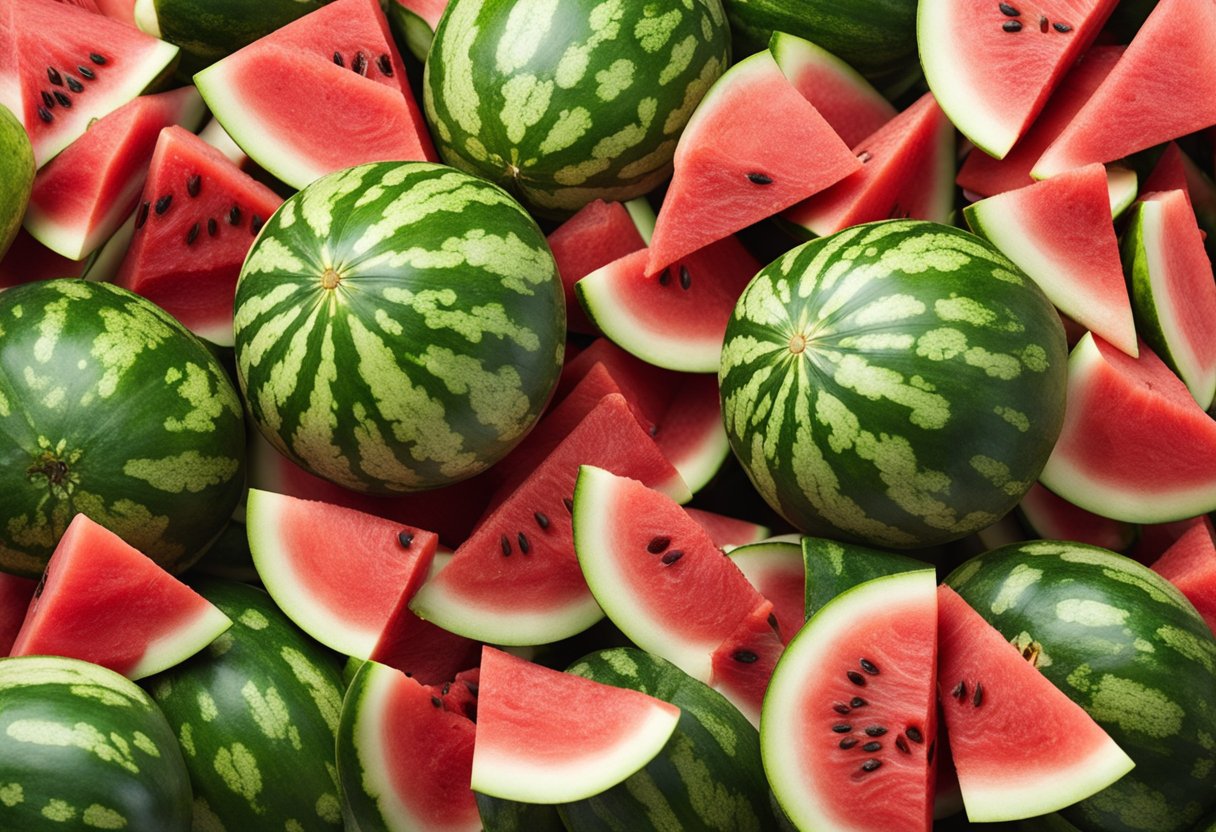
Watermelon Seasonality for Each One of The US States
| State | Watermelon Season |
|---|---|
| Alabama | June – September |
| Arizona | May – September |
| Arkansas | June – August |
| California | July – November |
| Florida | April – July |
| Georgia | June – September |
| Illinois | July – September |
| Indiana | July – September |
| Kansas | July – September |
| Kentucky | July – September |
| Louisiana | June – August |
| Michigan | August – September |
| Mississippi | June – August |
| Missouri | July – September |
| Nebraska | July – September |
| North Carolina | June – August |
| Ohio | July – September |
| Oklahoma | July – September |
| South Carolina | June – August |
| Tennessee | July – September |
| Texas | May – November |
| Virginia | July – September |
As you can see, the seasonality of watermelon varies across the United States, with some states having longer seasons than others. It’s important to note that these dates are not set in stone and can vary slightly depending on weather conditions and other factors.
Seasonality in South America
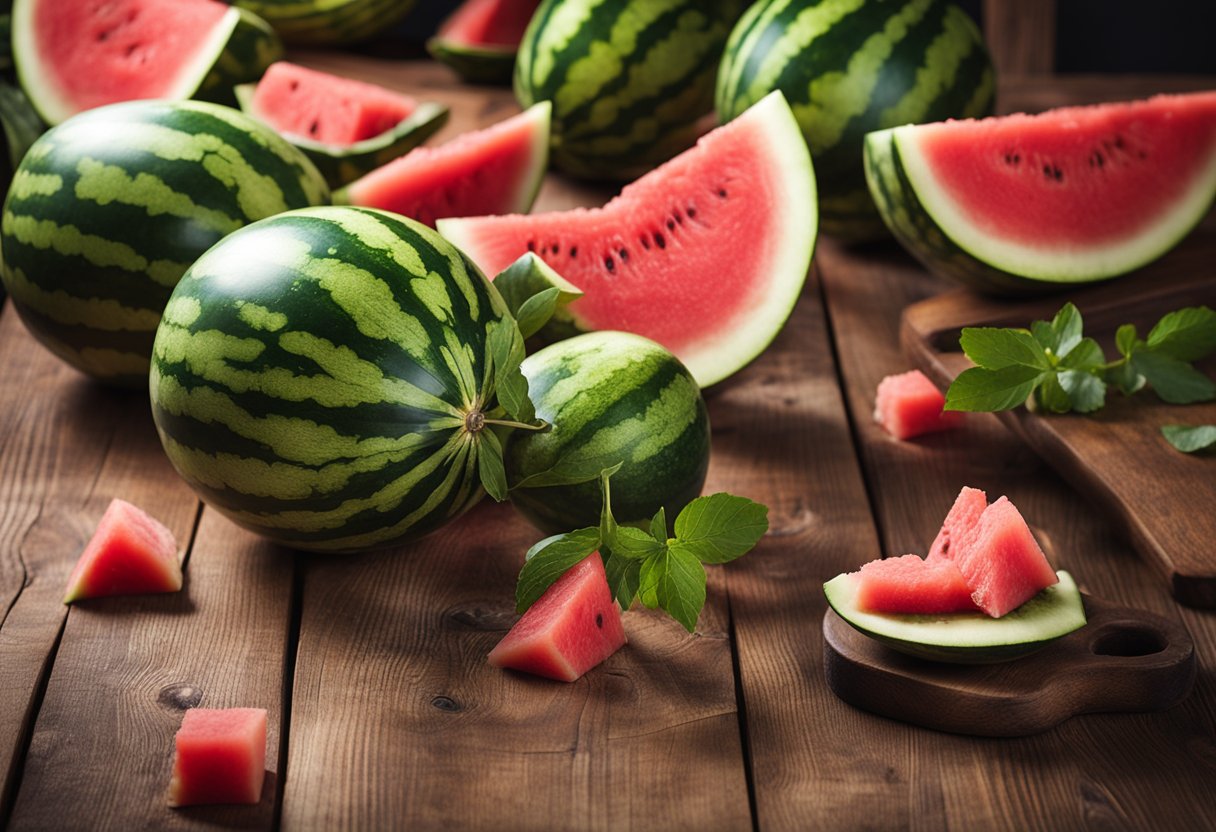
If you’re in South America, you can enjoy watermelon year-round as the growing seasons vary by country. Here’s a breakdown of the seasonality of watermelon in some South American countries:
- Argentina: Watermelon season in Argentina starts in December and runs through April.
- Brazil: In Brazil, watermelon is available from October to May.
- Chile: The watermelon season in Chile is from December to March.
- Colombia: Watermelon is available in Colombia from December to March.
- Ecuador: Watermelon season in Ecuador runs from December to April.
- Peru: In Peru, watermelon is available from October to May.
- Uruguay: The watermelon season in Uruguay is from December to March.
It’s important to note that these are rough estimates and can vary depending on the weather and other factors. Additionally, some countries may have multiple growing seasons for watermelon.
Seasonality in Europe

Watermelons are a popular summer fruit that are enjoyed for their sweet and juicy flesh. If you’re wondering when watermelons are in season in Europe, it’s important to note that the growing season can vary depending on the location.
To get a better idea of when watermelons are in season in your area, you can check out seasonal produce guides like the one created by EUFIC. This tool allows you to explore the different climatic regions of Europe and see when various fruits and vegetables are in season.
Seasonality in Asia
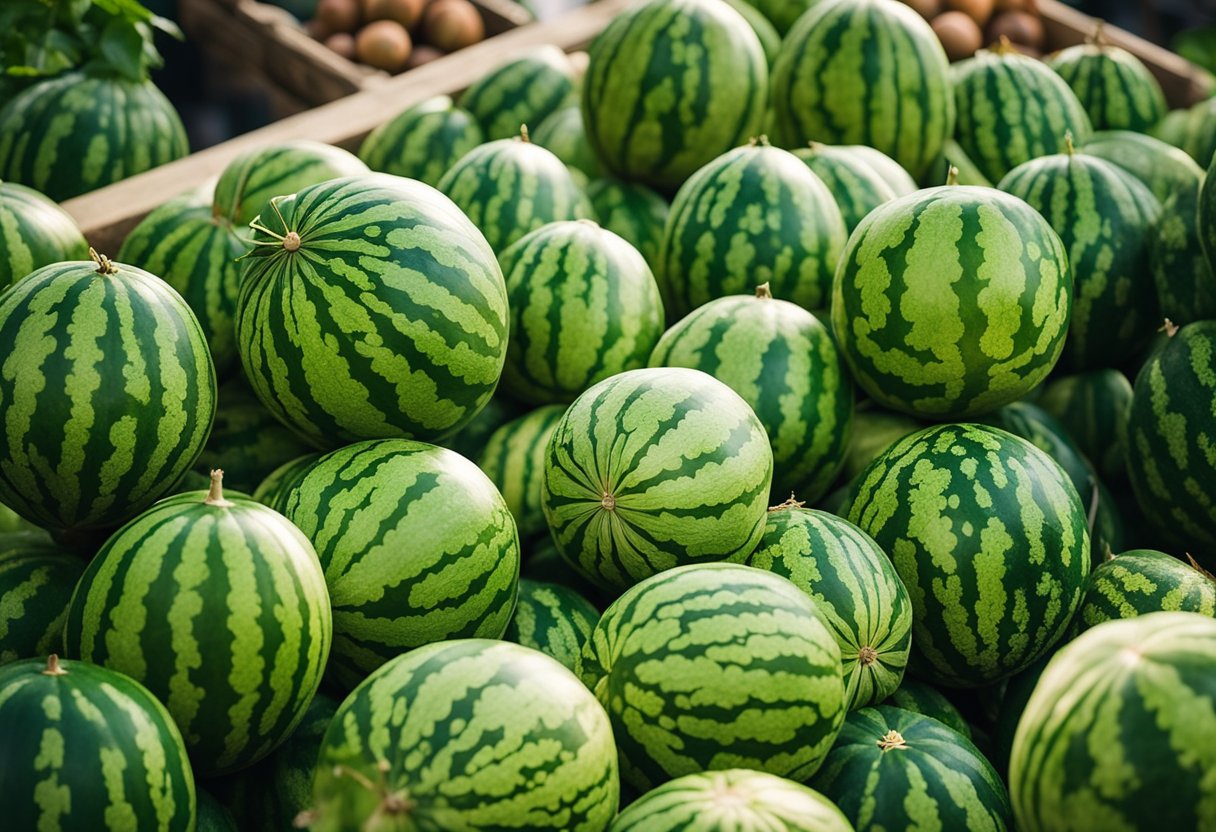
If you are in Asia, the seasonality of watermelons may vary depending on the country. In Japan, watermelons are in season from June to August, with the peak season in July. The price of watermelons is highest during this period due to the high demand.
In China, watermelons are in season from May to September. The peak season is in July and August, and the fruit is usually harvested in the morning to ensure maximum freshness.
In India, watermelons are in season from March to May and again from October to December. The fruit is grown in the states of Maharashtra, Karnataka, and Andhra Pradesh.
In Southeast Asia, watermelons are available year-round due to the tropical climate. However, the peak season is from March to May.
It’s worth noting that the seasonality of watermelons may vary depending on the region and climate. Some growers may use greenhouses to extend the growing season, while others may import watermelons from other countries to meet demand.
Seasonality in Australia
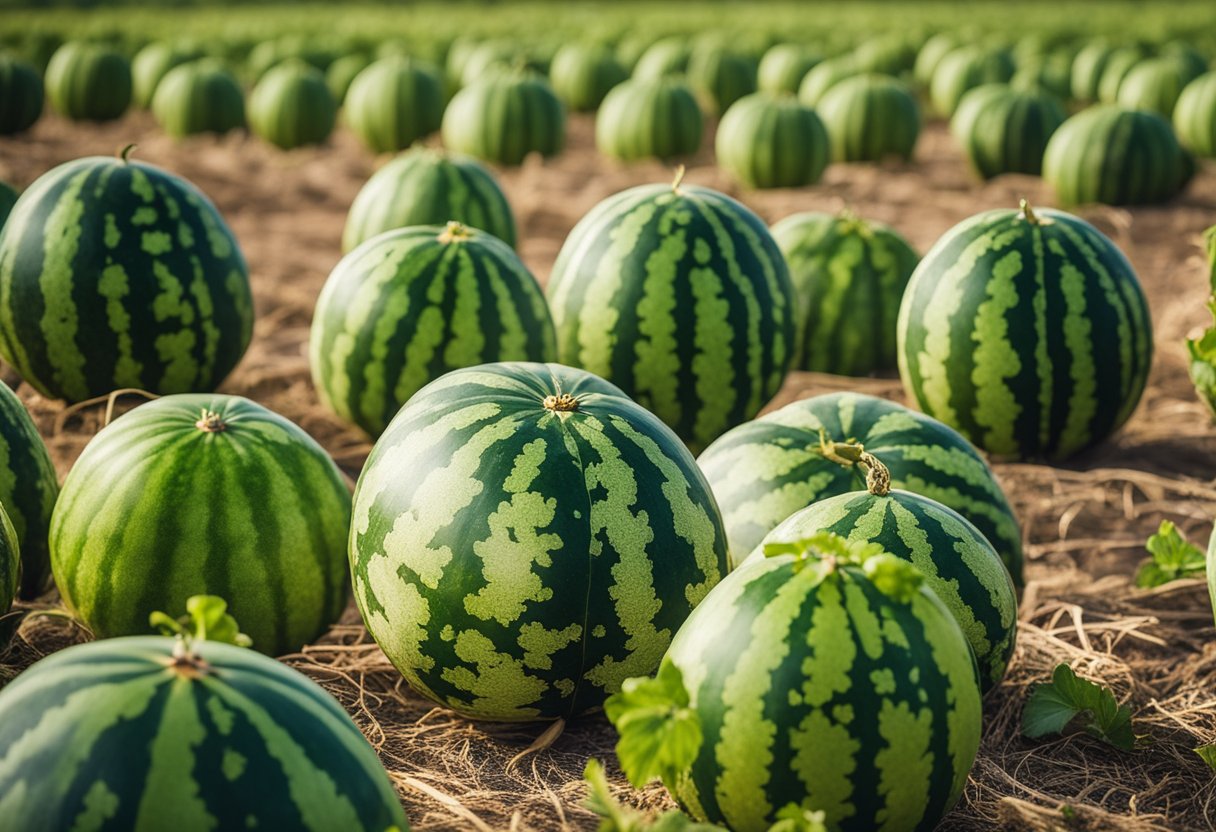
If you’re a watermelon lover, you’ll be happy to know that this refreshing fruit is available in Australia from December to April. During this time, you can find watermelons at most major supermarkets, farmers’ markets, and fruit stands.
Watermelons thrive in warm weather, which is why they are in season during the Australian summer. However, the exact timing of the season can vary depending on the region. For example, watermelons may be available earlier in Queensland than in Victoria due to differences in climate.
Health Benefits
Watermelon is not only a delicious fruit but also a nutritious one. It is packed with essential vitamins and minerals that can benefit your health in many ways. Here are some of the health benefits of watermelon:
Hydration
Watermelon is composed of around 92% water, making it an excellent fruit to keep you hydrated during hot summer days. Staying hydrated is crucial for your body to function correctly. Dehydration can lead to headaches, fatigue, and even heatstroke.
Nutrient-Rich
Watermelon is a nutrient-dense fruit that is low in calories. It is an excellent source of vitamins A and C, which are essential for maintaining healthy skin, eyes, and immune system. It also contains potassium, which can help regulate blood pressure, and vitamin B6, which helps your body produce red blood cells.
Antioxidants
Watermelon is rich in antioxidants, including lycopene and vitamin C. These antioxidants can help protect your body from free radicals, which can cause cellular damage and lead to chronic diseases such as cancer and diabetes.
Anti-Inflammatory Properties
Watermelon contains anti-inflammatory compounds, such as cucurbitacin E, which can help reduce inflammation in the body. Chronic inflammation has been linked to many health problems, including heart disease, arthritis, and cancer.
Digestion
Watermelon is an excellent source of fiber, which can help promote healthy digestion. Fiber can help prevent constipation and promote regular bowel movements.
Overall, watermelon is a delicious and nutritious fruit that can provide many health benefits. Incorporating watermelon into your diet can be an easy and tasty way to improve your overall health.
